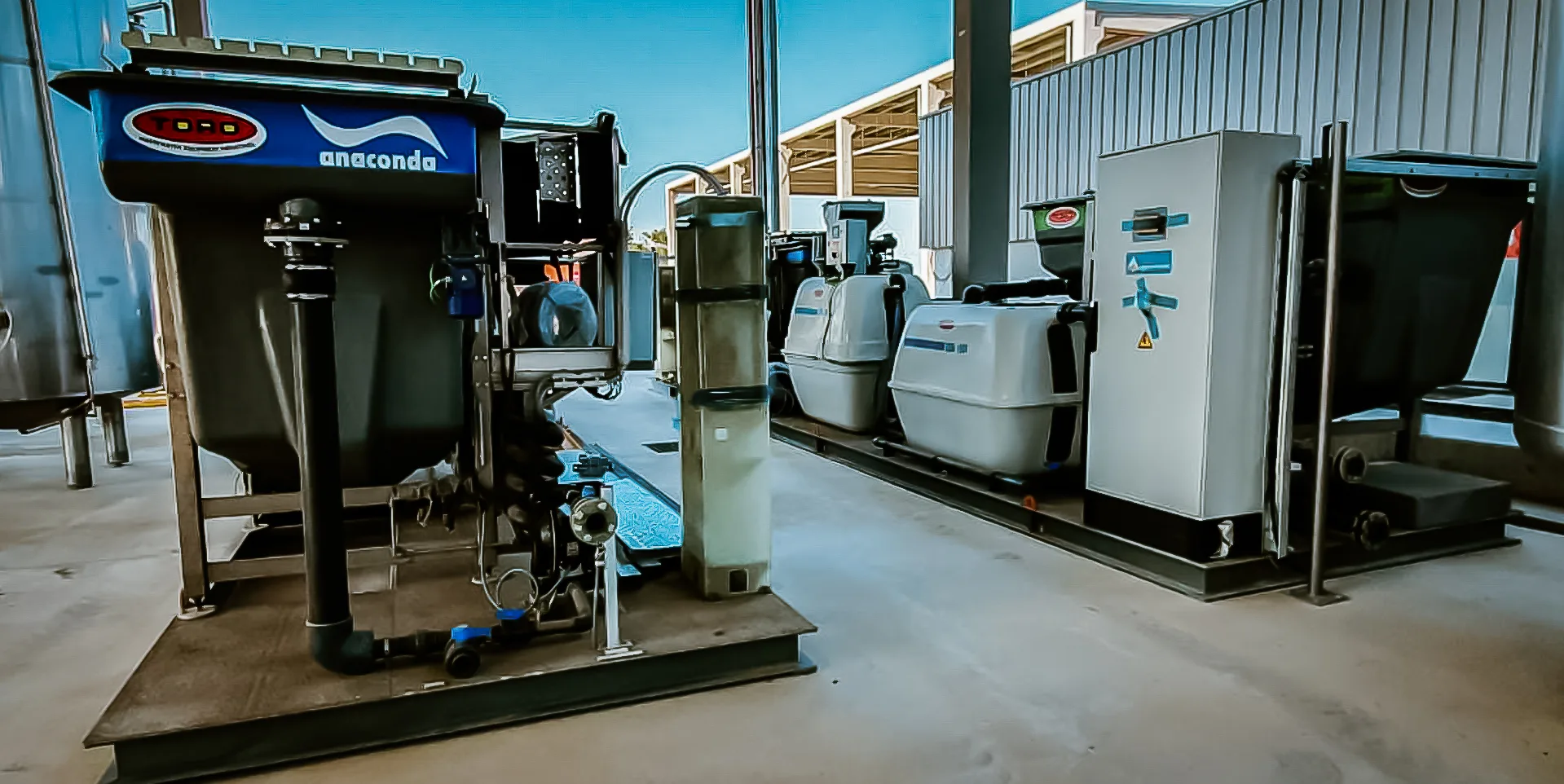

Flocculation in water purification. Flocculation in water purification is a crucial process that plays a key role in removing impurities from water. It is a technique used to aggregate and settle suspended particles in water, making it easier to filter and purify. Understanding the process of flocculation is essential for ensuring clean and safe drinking water. Flocculation involves the addition of chemicals known as flocculants to the water. These flocculants help bind together the suspended particles, forming larger clumps called flocs. As these flocs grow in size, they become heavier and settle to the bottom of the water, a process known as sedimentation. The settled flocs can then be easily removed through filtration or other water treatment processes. There are various types of flocculants used in water purification, including inorganic and organic flocculants. Inorganic flocculants like alum and ferric chloride are commonly used for their ability to effectively bind particles together. Organic flocculants, on the other hand, are derived from natural sources like plants and are preferred for their environmentally friendly properties. The effectiveness of flocculation in water purification depends on several factors, including the type and dosage of flocculant used, pH levels, temperature, and mixing intensity. Proper dosing of flocculants is crucial to ensure the formation of flocs without overdosing, which can lead to the formation of smaller, harder-to-remove particles. pH levels also play a significant role in flocculation, as they can affect the charge of particles and the performance of flocculants. The ideal pH range for flocculation is typically between 6.5 and 7.5, although this can vary depending on the specific water source and contaminants present. Temperature and mixing intensity are also important factors to consider, as they can impact the rate and effectiveness of flocculation. Higher temperatures generally accelerate the flocculation process, while proper mixing ensures uniform distribution of flocculants throughout the water. In conclusion, flocculation is a critical step in water purification that helps to remove suspended particles and impurities, ensuring clean and safe drinking water for communities around the world. By understanding the principles of flocculation and optimizing the process parameters, water treatment facilities can achieve efficient and effective purification of water resources.